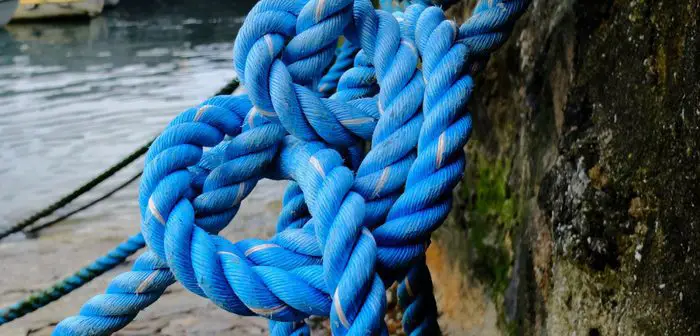


However, many other fixed-loop knots are difficult to release after being loaded, like the Overhand Loop or Figure Eight on a Bight. We chose the Bowline because it’s quick to tie and easy to release. I’ll show you the common way and my favorite way to tie a Bowline. You might end up using Bowlines every day because they are super handy.įixed loops are useful in a variety of situations and there are many different ways to make them. It’s not enough just to make a knot that is looped and tied in the right way - take care to keep things neat and tidy.Ī Bowline is the best knot that makes a fixed, non-slipping loop at the end of a line. It may also not lay or be tensioned properly, which can cause slipping and malfunction of the knot. Notice the sloppy lines, loose friction points, etc.Ī knot that is not dressed properly may have twisted lines that put more stress on those areas of the rope. It’s important a knot is “neat”, as if it was getting dressed up for a fancy shindig. There are sloppy knots and well-dressed knots. The tail or tag end is the small section of the working end left over once you’ve done the knot or made a bight. A simple 180 degree U-turn is a bight around the tree. The difference between a bight and a wrap when you’re tying around something like a tree depends on how far you bend the rope. They’re pretty similar, but the difference is a turn just goes around other rope and wraps go around other objects. This is different than a wrap, which is when you wrap the rope around other objects like a tree or stake. Think of it like a kink in a garden hose, or a pinch of the rope body.Ī turn is when the rope goes 360 degrees around another section of the body. When you grab a loose section of the rope that’s not crossed in any way you’ve just taken a Bight of the rope.


There are plenty of fancy and specialized knots, and you can spend a LOT of time learning to look cool and impressive (it may even be fun), however to get a job done you only need a few. Or, some think that they can survive with the basic tie-your-shoes kind of knots.Ī basic rule of survival is to get a lot of output for as little input as possible. There are hundreds of different knots and variations with technical sounding names and lingo, which is why many people wrongly think that rope work is too challenging and specialized to learn. Cordage is cheap, lightweight, compact, and durable, yet has a 1,000 different uses in emergencies. There’s a reason why “cordage” (a fancy word for ropes and lines) is one of the most basic items every good survivalist has in their kit: you get a ton of bang for your buck. I love skills that are easy to learn, practical to remember, and give huge advantages in survival situations. Specialist in the military, a survival school teacher, and media consultant. I’ve spent 25 years learning and teaching survival knots as a S.E.R.E. If you learn just three survival knots - Bowline, Double Sheet Bend, and Halter Hitch - you are ready for just about anything you might need in an emergency.


 0 kommentar(er)
0 kommentar(er)
